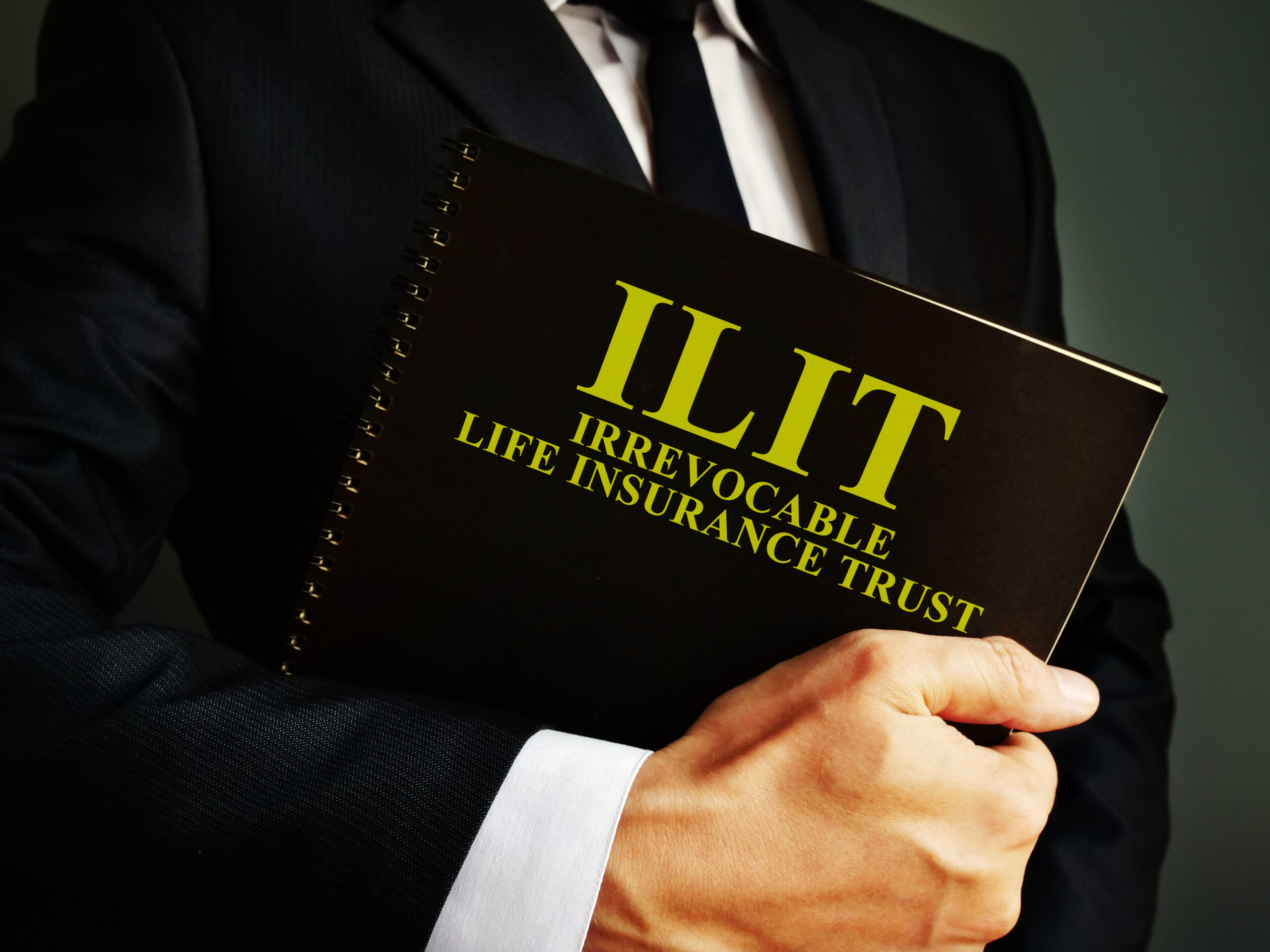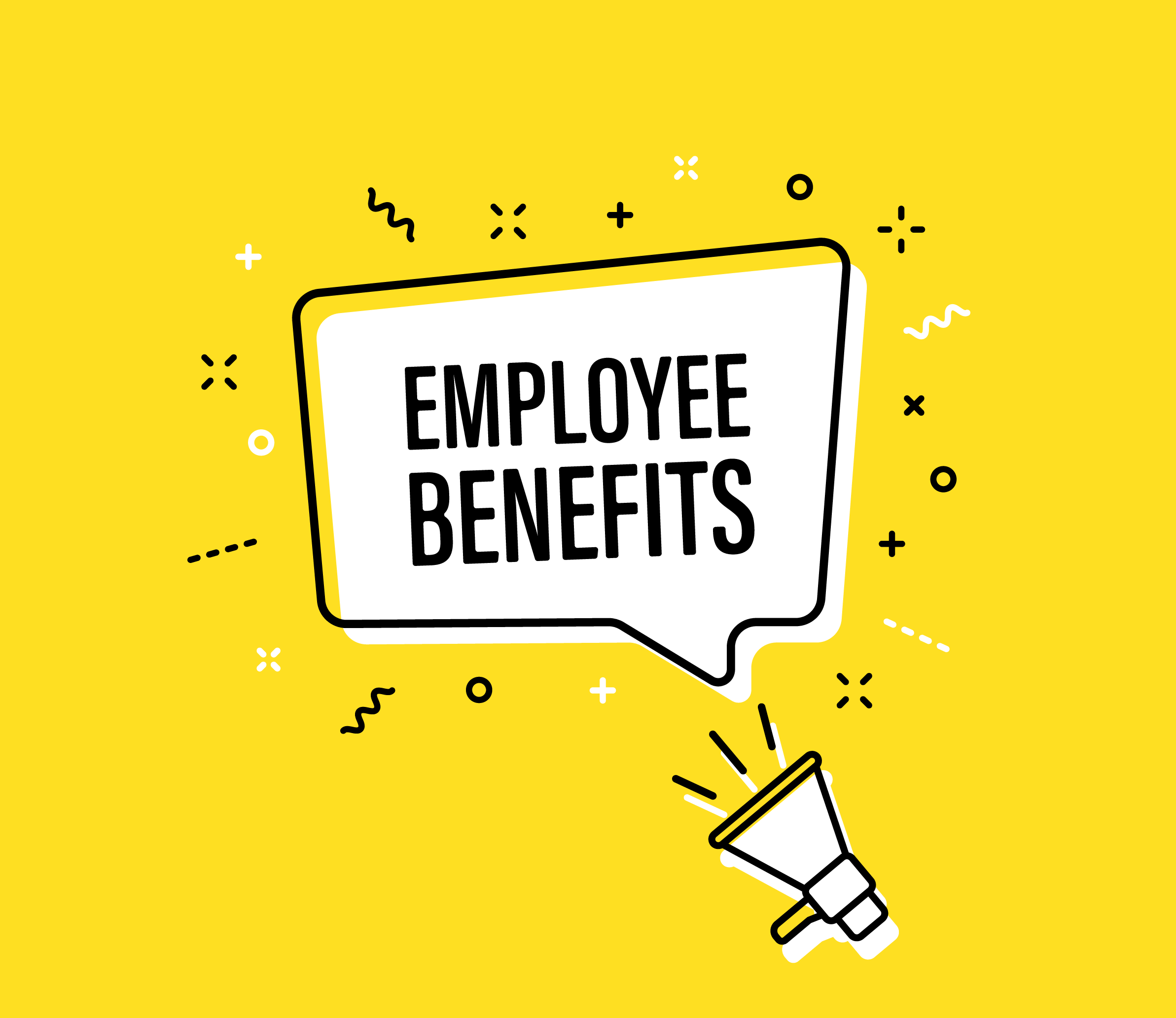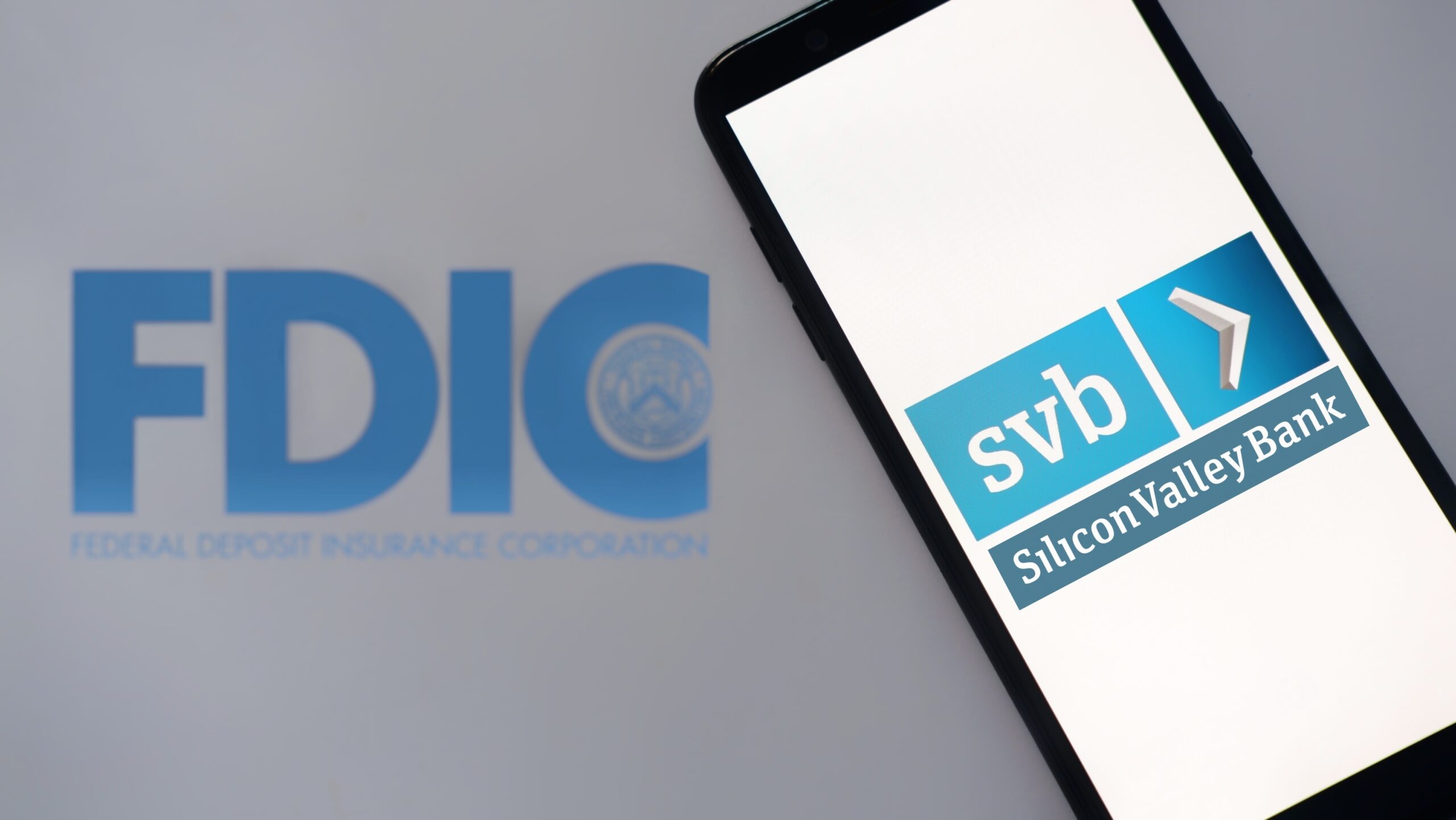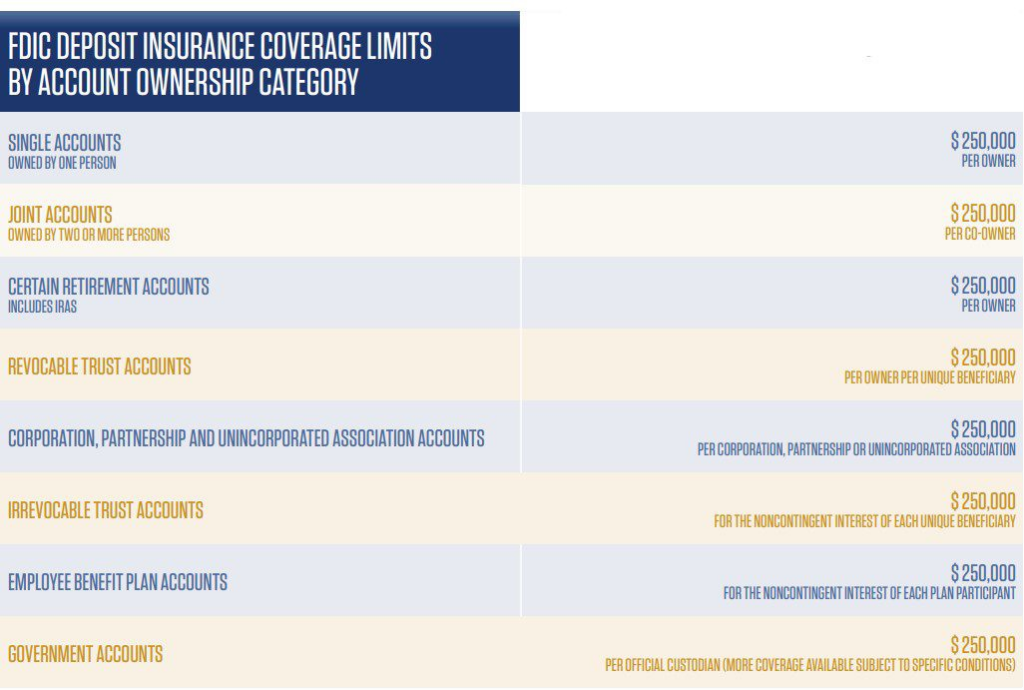
John Morton
Do I need a Life Insurance Trust?
For higher-net worth individuals and families, life insurance and estate planning are important to consider together. To explain why, let’s revisit another personal finance topic: taxes! Life insurance is usually income tax free. However, life insurance is counted as part of a decedent’s estate and estate taxes are assessed on a decedent’s personal wealth (estate) at the federal level and in many states. Thus, life insurance is potentially subject to estate taxes, assuming someone’s estate exceeds the exemption amounts – unless advance planning is done. An irrevocable life insurance trust (ILIT) is a tool to help protect life insurance proceeds from estate taxes. At the end of this article is an example of how our recent work with an Illinois client could save over $1.0 million in estate taxes.
How does an ILIT work?
As the name would suggest, an attorney creates a trust for someone that holds the life insurance policies. The ILIT can either purchase new policies or receive existing ones (by sale or gift). Both the owner and beneficiary of the policies is the trust, though the insured person remains the same.
The insured person is the grantor of the trust and funds the annual premiums with gifts made to the ILIT. As long as gifted premiums do not exceed the annual exclusion gift amount ($18,000 per beneficiary in 2024), no gift tax return needs to be filed. Because life insurance proceeds are income tax free, the trust doesn’t pay income taxes when it receives the death benefit . And because of the irrevocable nature of the trust, the policy and death benefit proceeds are also excluded from the grantor’s estate. Very complex tax and legal concepts were just summarized in four sentences, but this is an established method of getting life insurance proceeds “outside” of someone’s estate and we’ve utilized it for many clients.
What are the pitfalls?
Aside from added complexity and cost, you should be aware of these two pitfalls when considering this planning technique to reduce or eliminate potential estate taxes.
First, while it is best practice to purchase life insurance directly through the ILIT, it’s often the case that an ILIT is implemented years after someone initially bought some life insurance policies. Whether there’s been a health change or not, it usually makes sense to keep older policies since premiums increase with an insured’s age. Two options are available to get the policies “into” the ILIT: a gift or a sale.
-
- A gift is much easier to process, but the insured needs to survive a three-year lookback period – otherwise the IRS deems the death benefit to be included in the decedent’s estate. This is in place to avoid abuse via last-minute ILIT strategies.
-
- A sale by the owner/insured to the ILIT is a much more complicated process, but there isn’t a survivorship requirement.
Second, everything must be set up properly for the ILIT to pay premiums, including an annual notice to the trust’s beneficiaries. This notice is called a “Crummey Notice” after the strategy’s creator successfully defended its legality in the 1960’s.
-
- Each part of the annual gift, notice, and payment process must be followed to a T and properly documented for the IRS to honor the exclusion of life insurance proceeds from the insured’s estate.
There’s upfront leg work to implement this strategy and annual “maintenance” to successfully keep the life insurance proceeds outside of someone’s estate. To determine whether it’s worth that hassle, we consider our clients’ current wealth, potential life insurance proceeds, and their financial trajectory to see if it’s important to plan around estate taxes.
How much money does someone need for estate taxes to apply?
There are exemption amounts at both the federal and state level before estate taxes apply. In 2024, someone could pass away with $13.61 million without any federal estate taxes (this amount doubles for a married couple). But wealth over that amount is subject to a top tax rate of 40%! Per the 2017 Tax Cuts and Jobs Act (TCJA), the exemption amount is slated to cut in half starting January 1, 2026.
Most states don’t have any estate tax (including Wisconsin). For those that do, both the exemption amount and tax rate vary. Illinois has a $4,000,000 exemption per individual and a top rate of 16% that would apply to wealth above that amount.
Proper estate planning can easily save 6- or 7-figure amounts for high-net worth families. Instead of going to taxes, that wealth passes to the next generation or other beneficiaries.
What’s an example of an ILIT helping reduce taxes?
As previously stated, life insurance is income tax free but increases the beneficiary’s estate, so there could be estate tax repercussions. Let’s look at an example that’s similar to an Illinois client we recently helped…
Using round numbers, the husband and wife currently have $6,000,000. This is split amongst their retirement accounts, cash, home, etc. – $4.0 million in the husband’s name and $2.0 million in the wife’s name. They both have strong incomes and bright careers ahead of them, so they both have life insurance policies to support the surviving spouse & their three kids, pay for college, pay off the mortgage, sustain the family’s lifestyle, and have funds set aside for retirement. The husband has $3,000,000 in life insurance and the wife is insured for $2,000,000.
| Husband | Wife | |
| Current Wealth | $4,000,000 | $2,000,000 |
| Life Insurance | $3,000,000 | $2,000,000 |
| Gross Estate (no ILIT) | $7,000,000 | $4,000,000 |
If the husband passed away, his estate would have $7.0 million. That’s a far cry from the current federal estate tax exemption amount of $13.61 million (though it would be very close to the post-TJCA exemption of ~$7M that will kick into effect in 2026). However, it is above Illinois’ flat $4.0 million exemption (which doesn’t adjust with inflation). An Illinois tax bill on the excess $3,000,000 would be $565k, but this tax bill is kicked down the road by utilizing a martial deduction.
The wife would now have $7.0 million PLUS her own $4.0 million if she passed away shortly after ($11.0 million in total). The problem with this though, is now there is an (even bigger) $1.058 million Illinois tax bill upon the wife’s passing since Illinois doesn’t recognize portability. Confused? You’re not alone! We suggest getting professionals involved in situations like these.
An ILIT would help to mitigate the risk of estate taxes, so we helped transfer just the husband’s policies into an ILIT and now the situation would play out as follows. The $3.0 million of insurance money ends up “outside” his estate.
| Husband | Wife | |
| Current Wealth | $4,000,000 | $2,000,000 |
| Life Insurance (in ILIT) | $3,000,000 (excluded) | $2,000,000 |
| Gross Estate | $4,000,000 | $4,000,000 |
A good estate plan would utilize the full $4.0 million Illinois exemption upon the husband’s passing (as explained above) and then again on the wife’s passing.
Combined with an Irrevocable Life Insurance Trust (ILIT), no federal or Illinois estate taxes are owed, and the full $11.0 million of wealth & insurance proceeds all go to the couple’s beneficiaries.
The ILIT component would save Illinois estate taxes of $565k (on $3.0 million) and the combined effect of good planning would save over $1.0 million!
We love helping our clients save both income and potential estate taxes through great financial planning.
Of course, this situation doesn’t apply to all high-net worth clients. But even for folks that seem far away from crossing over federal or estate tax exemption amounts, a robust financial trajectory and/or life insurance proceeds may surprise them down the road. As their wealth continues to grow, the value of their estates will become much larger than currently anticipated. We take a proactive approach to insurance and estate planning to help minimize taxes and transfer as much of our clients’ hard-earned savings to their beneficiaries.













